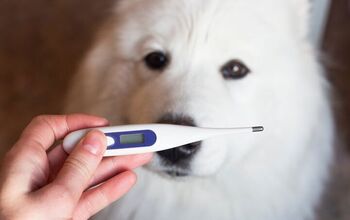4 Sly Ways Pet Food Labels Are Misleading You

All pet parents want what’s best for their furry baby, especially if it involves their health and well-being. And it’s not just empty talk, either: one look at any spending report for pet industry will tell you the same. It doesn’t come as a surprise to learn, then, that 40 percent of dog owners are willing to pay extra if they believe that a certain pet food brand is offering healthier kibble. But, is doling out a few bucks more really a guarantee that you’re getting the best, or are you paying just for clever branding?
Natural
We all know what “natural” means… But what’s natural about kibble? Or canned food, for that matter? And what are other pet foods then, unnatural? Even if it was made from the freshest fruits, veggies, and meats, after all that processing, there’s nothing to be called natural about it. The word itself reminds you of healthiness and wholesomeness, but, in all honesty, it doesn’t mean a thing when it comes to commercial food for dogs.
Ingredient quantity
You know that old trick that supermarkets do, placing most profitable items at the eye level for better sales? Food manufacturers do something similar. The first ingredient listed on the label is (falsely) assumed to be the most plentiful one in the mix, so they will sneakily put the best one first, like the protein source (usually chicken or beef). This doesn’t automatically mean that the food is rich in protein- read the whole label before putting it in your shopping cart!
Protein percentage
This is one of the most misleading items on any label- whether it’s the real source of the protein content, or the protein content itself, you can bet that something is off there. The protein percentage is often falsely presented, as some manufacturers will exploit the fact that, before processing, due to the wet weight, the level of proteins is higher. That’s the number they put on the label, and not the significantly lower one that you get after all that processing and the loss of moisture content.
Gourmet
Seriously, what exactly makes kibble or any type of pet food gourmet? The way my dogs eat and the way that most of commercial dog food looks like, there’s literally nothing that says ‘fine dining’ about it. Even if the marketing team of a pet food brand decided to slap it onto their newest line of product. Sorry to disappoint peeps, but most dogs will notice no difference between gourmet and regular pet foods- but your wallet might.

A proud mama to seven dogs and ten cats, Angela spends her days writing for her fellow pet parents and pampering her furballs, all of whom are rescues. When she's not gushing over her adorable cats or playing with her dogs, she can be found curled up with a good fantasy book.
More by Angela Vuckovic























